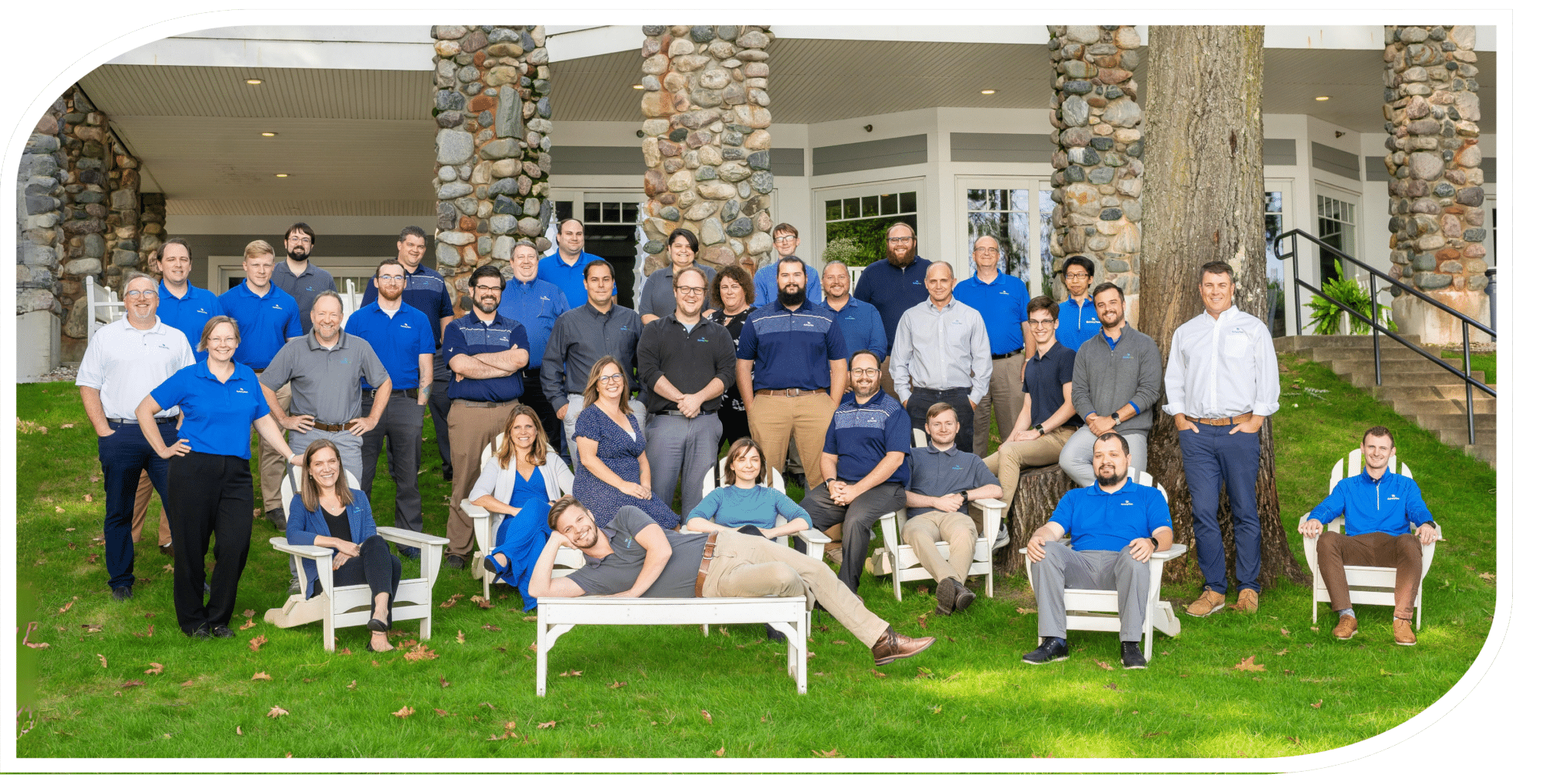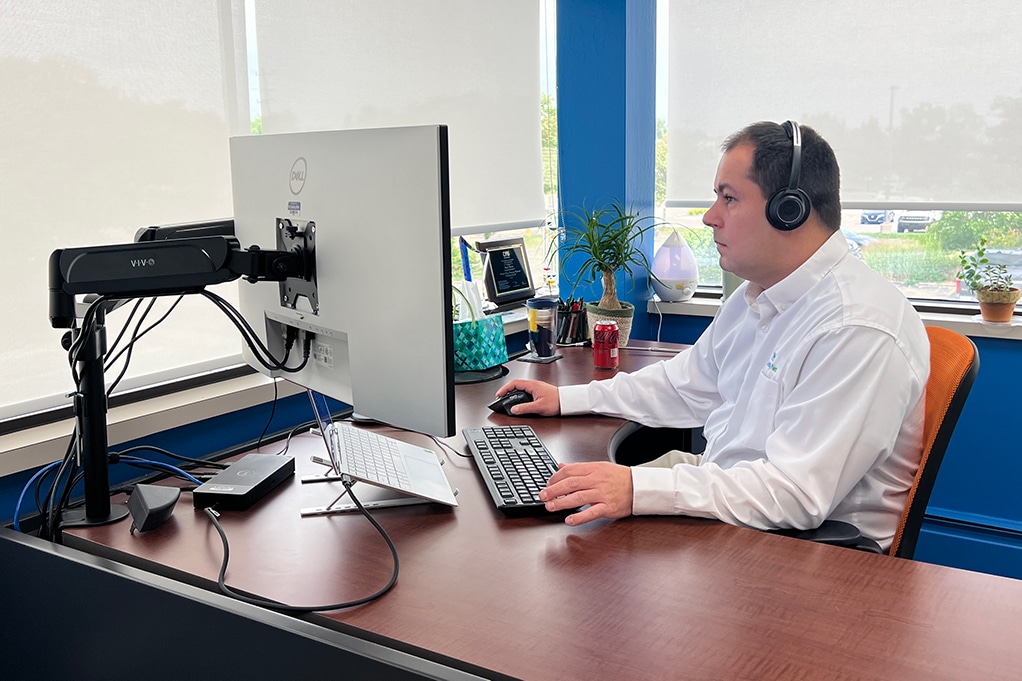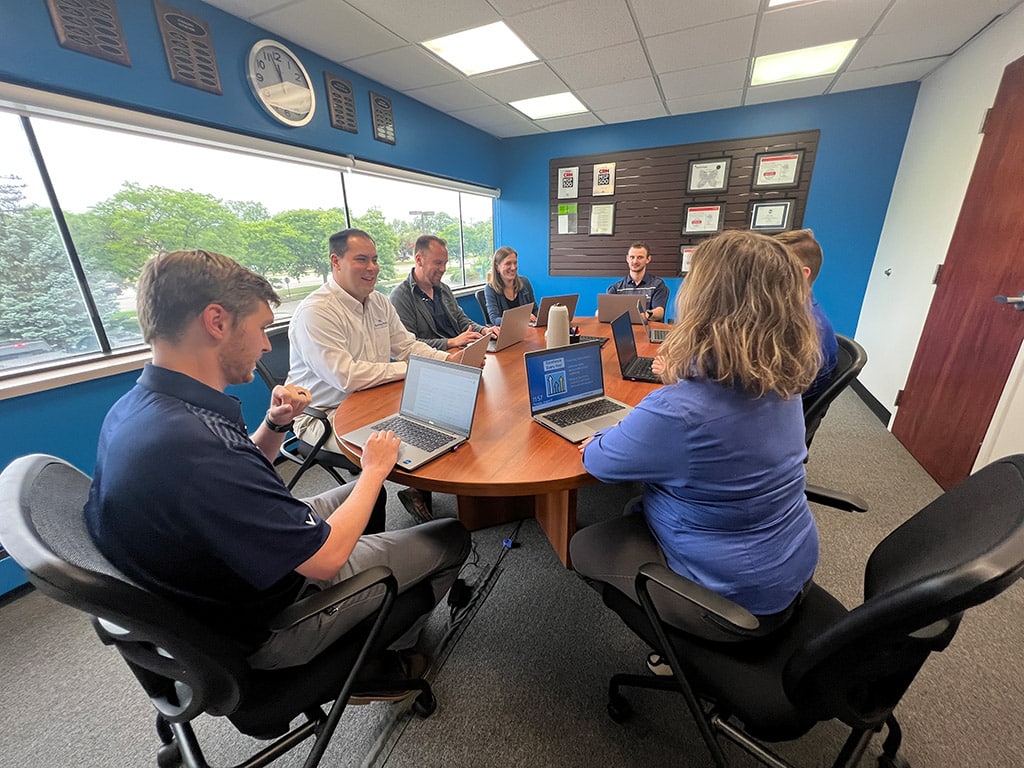
Flexible Approach
We work with internal IT staff, and for clients without internal IT staff, to provide various levels of technical support and IT services. As your business grows or contracts, your Safety Net IT team will scale with you.
You deserve more than just good technicians. The best IT managed solutions are personalized as well as technically efficient. Do you have an IT company who communicates well and makes you smile? Safety Net is proud to offer outstanding IT solutions to Metro Detroit and Northern Michigan Businesses.

You don’t need another technology sales rep or “yes man.” Our Account Managers not only know IT – they have years of real leadership experience and speak the language of business.
Lean organizations know IT works best when it’s standardized, documented, and carried out with discipline. Our managed IT services are just that, and we help companies apply these best practices.
A team of specialists, each with unique areas of expertise, gives you an advantage over a “jack of all trades.” You won’t find a more qualified managed services team than ours.
To pass audits and meet strict requirements like NIST, SOC and HIPAA, you need a network security team with experience putting those controls in place and managing them over the long term.
Small teams specialize in your industry and really get to know you and your IT. This approach lowers your risk of too much dependence on one person.

Discover IT solutions that work through standardized, disciplined managed services.

We work with internal IT staff, and for clients without internal IT staff, to provide various levels of technical support and IT services. As your business grows or contracts, your Safety Net IT team will scale with you.

Things happen. Your operations are too important to rely on one person being available (or not on vacation!). At least three technical staff members are available all night, every weekend and holiday, 365 days a year.

It’s important that those managing your IT are up to date. We strive to invest 10% of staff time in training. No other IT company does that.

When you need something a little unique, you don’t have to take big risks. Chances are that we’ve seen it before and can call in one of our proven vendor partners to assist.
When it comes to tech, we’ve got your back. Our dedicated team of IT experts work to provide top-notch IT solutions and technology services that fit your unique business needs.

Your business probably depends heavily on your IT systems being highly reliable, fast, and secure. Over the past decade and a half, we’ve amped up and refined our approach to deliver on those outcomes with our IT services.
Managed It Services
When you need experts to review, design, advise, and execute, call on our group dedicated to technology consulting and deployment. Not only are they experienced engineers, they eat complex projects for breakfast.
IT Consulting & ProjectsWorried about your business’s IT? Planning for the future? Looking to optimize your technology? Talk to a human IT expert today.
Get StartedTalk with one of our IT experts to help us understand your needs and kick off your Technical Health Assessment
Once we’ve done an initial review of your technology infrastructure, we’ll bring an engineer onsite to do a full assessment to
Our team will work with you to create a solution that works for your business, including detailed documentation of your IT as well as training for your staff.
This form is for general inquiries only. If you need support, please click on the Support button at the top of the page.